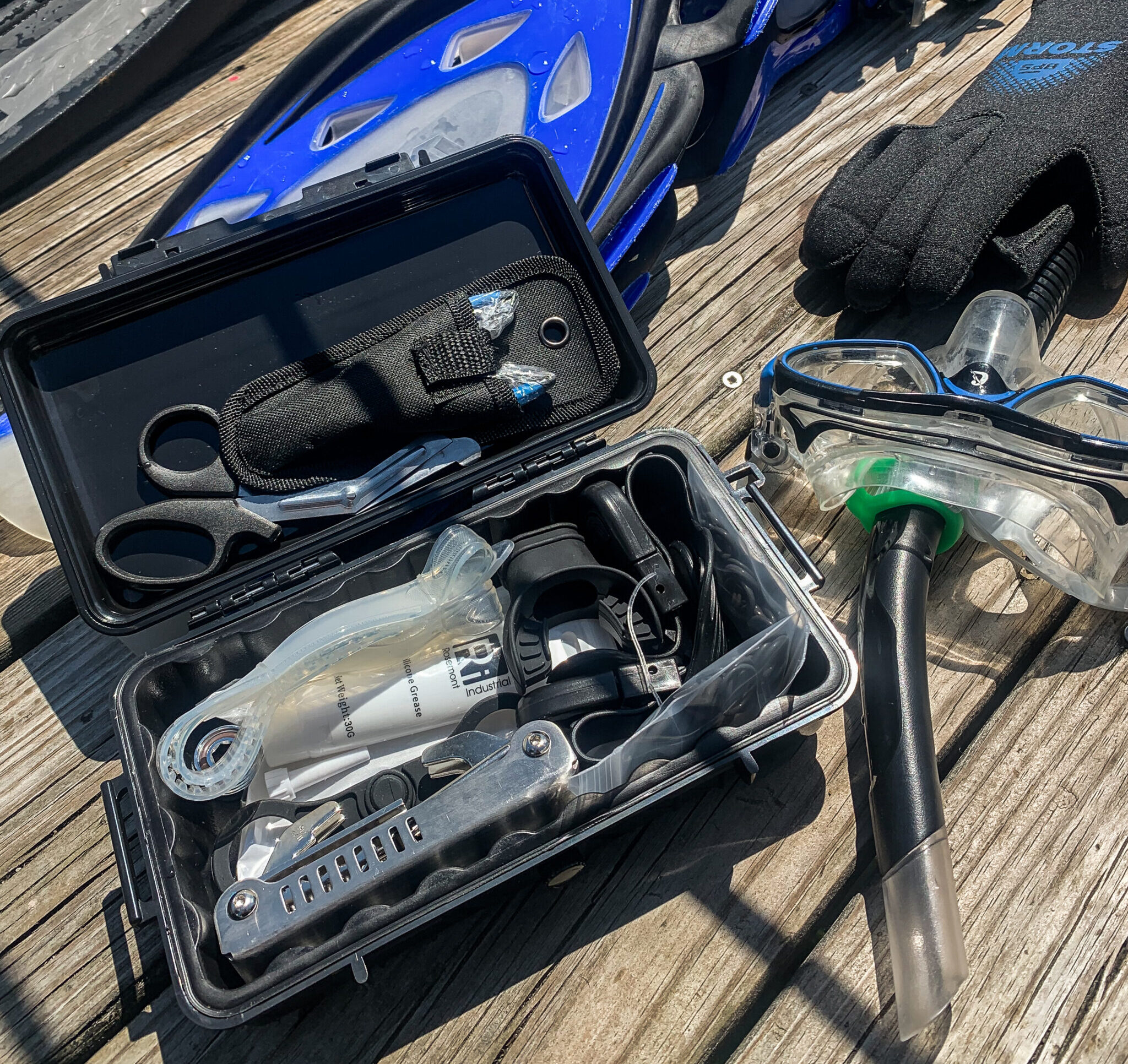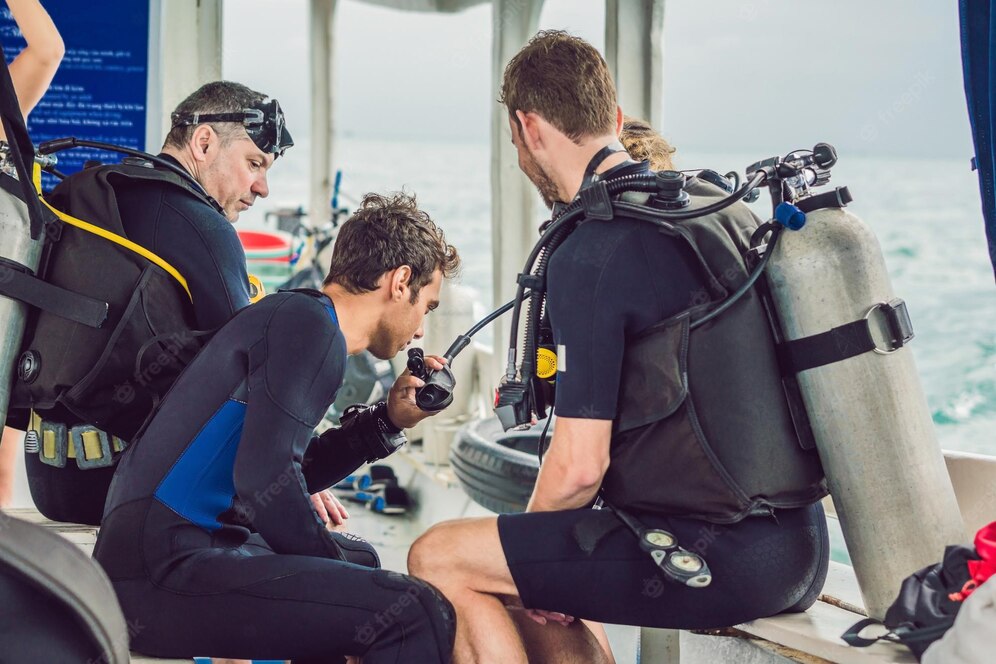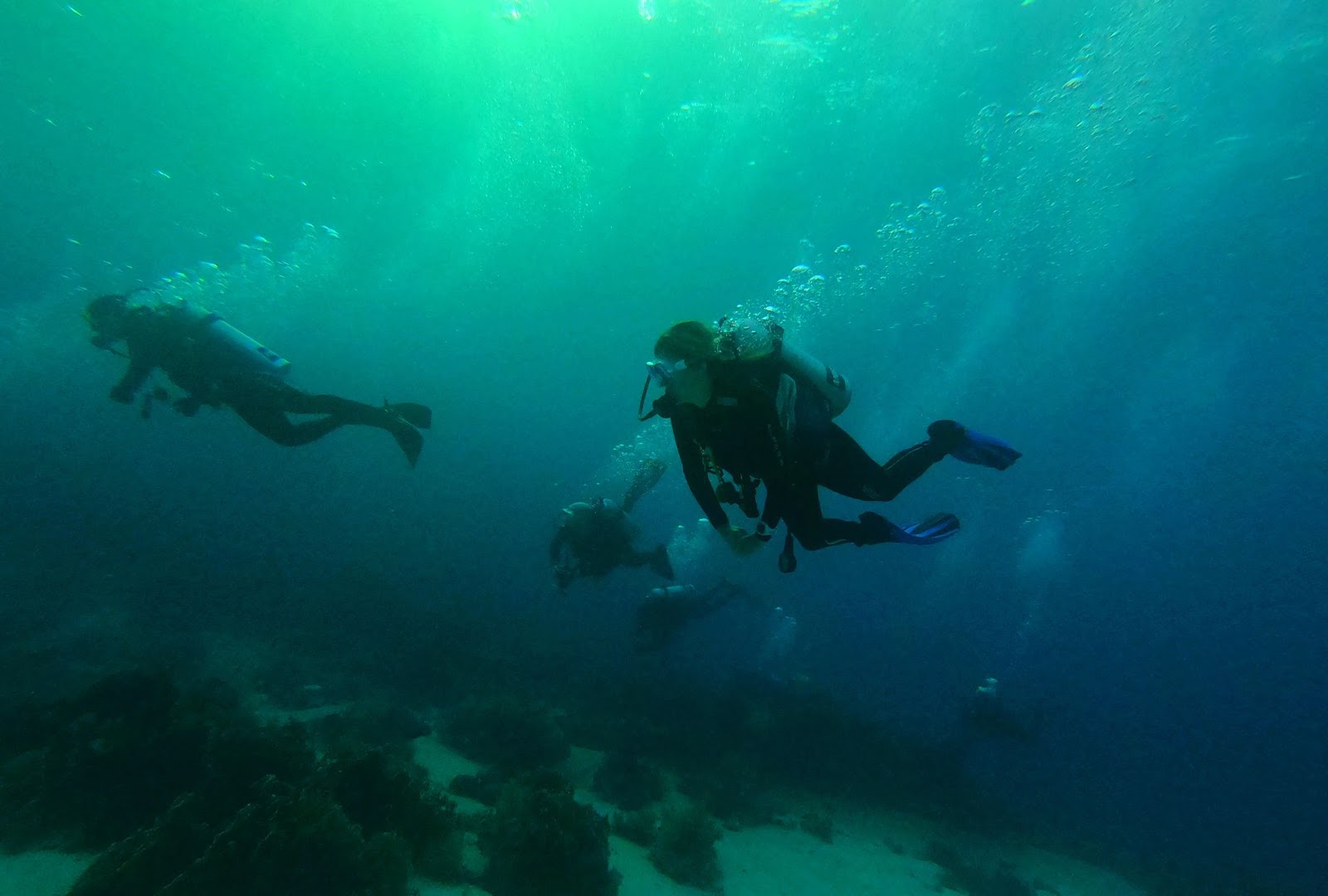Why you need a save-a-dive kit

- May 14, 2022
- , 8:32 pm
You cannot prevent all equipment failures you can make sure you are prepared when failures inevitably occur. This is where a save-a-dive kit comes in.
A save-a-dive kit is a small collection of essential tools and spare parts that can be used to repair common dive equipment failures. A well-stocked save-a-dive kit can mean the difference between a fun day of diving and an aborted dive trip
What should I have in my save-a-dive kit?
Tools – tools are critical in a save-a-dive kit, typically this will include:
- Wrenches – common wrench sizes are ½’, 9/16’, ⅝”,11/16”, 13/16”, 15mm.
- Allen keys – various sizes but 4 & 5 mm are most common for High Pressure (HP) and Low Pressure (LP) ports on your 1st stage.
- Pliers – extremely useful. Personally, I have found a small set of needle nose sliders best to get into tight quarters on a lot of scuba equipment.
- Screwdrivers – typically Phillips head and flat head screwdriver. These 2 types are usually all that is required. Always check your equipment to be sure you don’t need anything unusual like Torx or Robertson.
- Scissors –For example, a good set of surgical shears is ideal for a variety of jobs. They may be kept in your BCD pocket for entanglements, trimmed cave line pieces, or made repairs using them.
- O-Ring pick – useful for fishing out o-rings for swivels, tank connections, and other places. Dental picks also work well for this.
Replacement parts – items that are quick and easy to change out at the dive site.
Without spare parts, you won’t be able to dive safely and may have to terminate the adventure because of equipment failure.
- Mask strap – quick and easy to replace. Any generic mask strap will get you back to diving in a few moments.
- Universal fin strap – fin straps tend to be a little more specific – check your equipment! In most cases, you can get back in the water with a typical universal fin strap.
- Mouthpiece – A torn or worn-out mouthpiece to make your dive a struggle. A replacement mouthpiece and a zip-tie is super easy to replace and will get you back diving comfortably.
- O-Rings – Are a must-have for any save a dive kit. Usually, you can get away with a couple of the most typical sizes. A slightly larger range of o-rings will give you the ability to fix many different issues at the dive site quickly and efficiently. Personally, I recommend that you spend a couple of extra bucks and make sure you have Nitrox-Compatible FMK / Viton O-Rings. These types of o-rings give you the flexibility to dive safely on Nitrox and are often little harder and more durable. Finally, pack a tube of food-grade silicone grease to lube up your o-rings before placing them on your equipment.
- Snorkel Keeper – super useful for several situations like keeping your snorkel attached. A snorkel keeper can also be used to keep an octopus connected to your BCD and easily accessible or attach cameras, flashlights, or other accessories to your BCD D-Rings
Accessories – other useful items that are a great addition to a save a dive kit.
- Stainless steel bolt eye clips – great for connecting gear to your BCD. Because bolt eye clips are stainless they won’t rust and will be ready to go when you need them.
- Cave line – is nylon line useful again for typing up items or a whole host of situations.
- Elastic bands / chopped up inner tubes – are also great for securing items to your BCD.
- Zip-ties – are truly one of the most useful items. They are not only useful for connecting a new mouthpiece to your second stage. Zip-ties can also be used to fix so many problems or issues that may plague you at the dive site.
- DIN-YOKE Converter – if you have a YOKE connector for your first stage it is often good to have one of these kicking around your kit if you travel internationally. Many places around the world use DIN connectors on their tanks.
- Computer Battery – If you have a dive computer it is a good idea to have an extra battery in your save-a-dive kit. Check your battery during your pre-dive inspection. It can be hard to quickly change a battery when at the dive site.
As you can see a save-a-dive kit is essential for anyone who wants to be prepared for any potential dive emergency. This kit should include a variety of replacement parts, tools, and other useful items that can help you get back in the water quickly and safely.
With a save-a-dive kit, you can rest assured knowing that you have everything you need to make any necessary repairs at the dive site. So, don’t forget to pack your save-a-dive kit before your next adventure! Happy diving!
Share With Friends
Related Post

10 Items Every Beginning Scuba Diver Must Have
Find out the top 10 items and accessories we recommend that every beginning scuba diver has as part of their scuba gear.

Why you need a save-a-dive kit
You cannot prevent all equipment failures you can make sure



 BY ROSEMONT INDUSTRIES
BY ROSEMONT INDUSTRIES